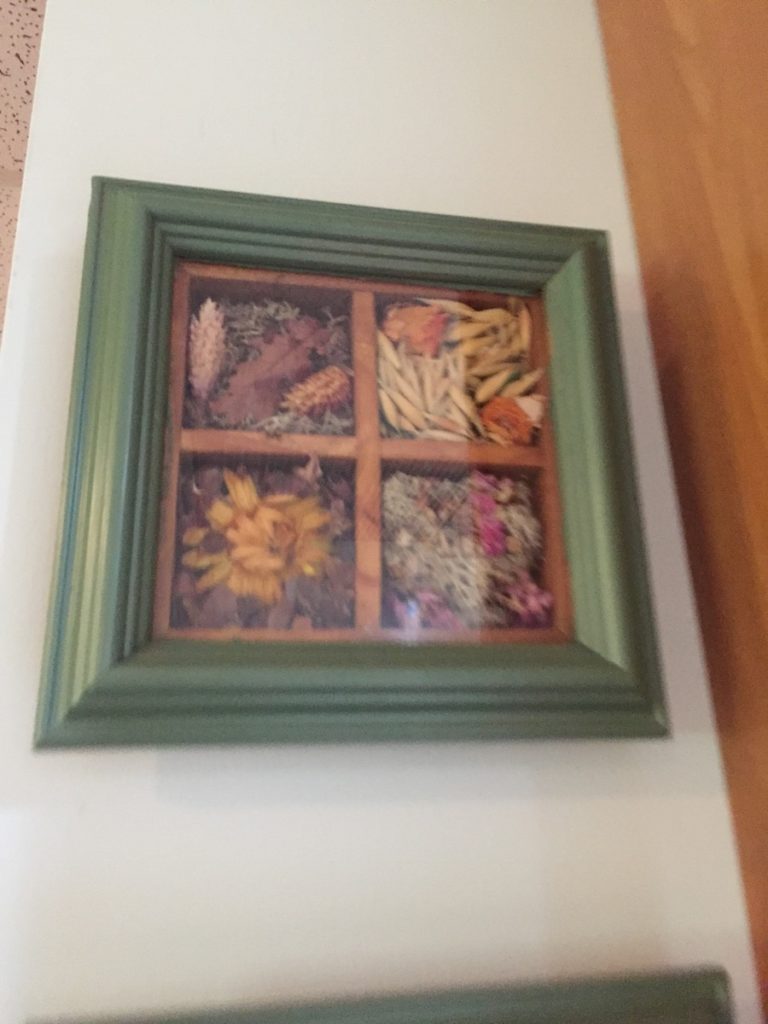Many traditions exist in Ireland and outside of Ireland revolving around the “idea of being Irish.” AS the saying goes, on March 17, “Everbody is a little Irish.” Now I know that To be Irish on this day is mainly an excuse to join in the local celebrations, and there is no harm in that.
St Patrick’s Day
St. Patricks Day is held on March 17 because that is the believed anniversary of the death of Patrick, a former Roman slave in Ireland, who escaped back to Rome, became a Christian, and then returned to Ireland to spread the Catholic faith among the heathens.
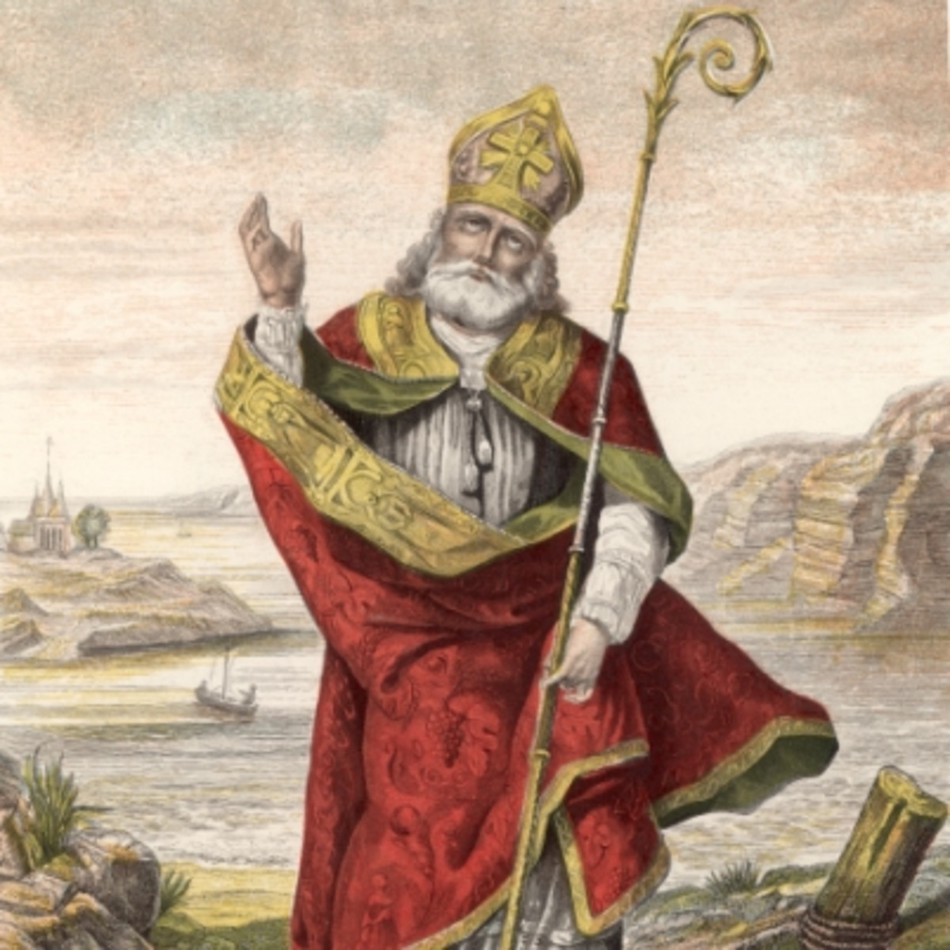
In the seventeenth century, the day became a holiday for both Roman Catholics and the Church of Ireland. The day was celebrated as a religious holiday. St Patrick converted the pagans in Ireland and Great Britain from paganism to Christianity.. British colonies acknowledged the day Ireland, Australia, Canada, to name a few.
Celebration at that time consisted of small street fairs and festivals, a common practice for the time. No parades.
Many are surprised to find out that the first St Patrick’s parade in Ireland occurred in Waterford in 1903. The same year St Patrick’s Day became an official public holiday in Ireland.
The concept of St Patrick’s Day parades and celebrations came as a result of the Irish diaspora. Notably, the Irish in North America. In the late 20th century, the day was a more significant celebration in America than in Ireland.

While music, dance, and drink are the main features of celebration worldwide on this day. As an American living in Ireland, I did notice a difference in the festivities. Irish cities have small parades on the day, and Dublin has a massive parade with a more artistic element than I saw growing up in New York. In Dublin, they have an art theme, not floats per se, but handcrafted puppets and characters which reflect the theme of that day.

Of course, the traditional Irish music and other music, dancing, drinking, and celebrating into the late evening remain a shared experience.
The Wearing of the Green
This expression today means you wear green on St Patrick Day. Some wear green shamrocks or Leracaun hats. Others wear a green tie, shirt, or another article of clothing.
But for others, the ability to actually wear green on this day is the reason for celebrations.
As Ireland tried to throw off the yoke of English ownership, rebellions occurred in the country. Ireland has had revolutions since 1300, but specific uprisings against English rule were:
- The Irish Rebellion of 1798, a republican uprising against British rule of Ireland
- The United Irish Uprising of 1800, a revolt against British rule of Newfoundland
- The 1803 Irish rebellion, for independence, led by Robert Emmet
- The Young Irelander Rebellion of 1848, also called The Famine Rebellion of 1848
- The Fenian Rising of 1867
- The Easter Rising of 1916, a nationalist uprising against the British rule of Ireland. See Wiki HERE
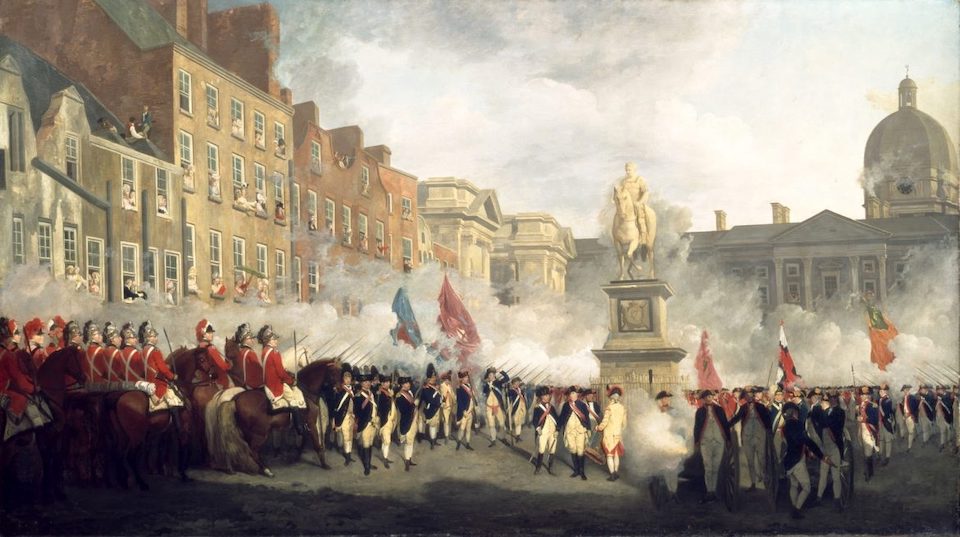
During these turbulent times, St. Patrick Day was no longer a holiday. Some Church of England and Northern Irish might have consented to a holy day, but the celebration was out as was “the wearing of the green” Even today, while it remains a holiday but not a state holiday in England. Northern Ireland can celebrate it, but the unionists do not.
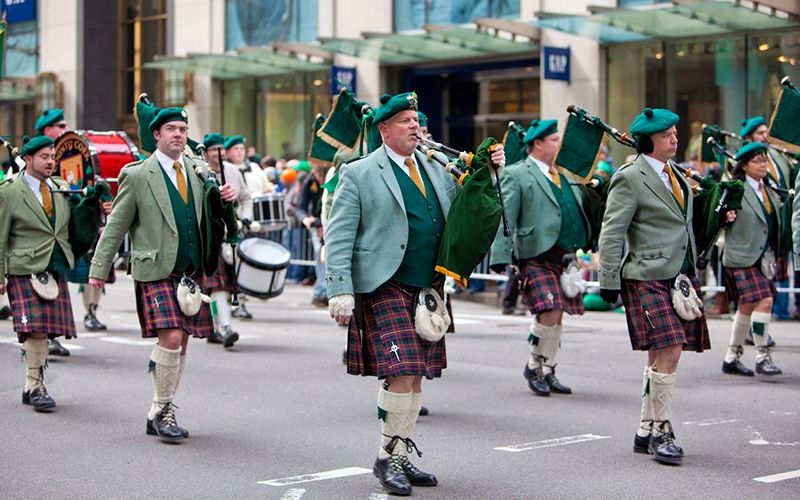
This expression comes from the lyrics of an Irish ballad written in 1798. During the first rebellion again, English rule in Ireland. If you want to see the words and hear the tune go to this link HERE. I am sure you will recognize the tune.
As rebellions continued and ” the troubles’ developed into a horrible period of Anglo Irish relationship, wearing green and having parades became more than the holiday of the man supposedly celebrated on the day. They became symbols of war and discontent.
There are other reasons for wearin of the green. Some Irish American immigrants believed if you wore green, the leprechauns and fairies would not be able to get you or the leprechaun pinch you. Other left green symbolized the old country, as seen in flags and green shamrocks.
However, for the rest of the world is a grand day for being a little Irish or not
My Irish Antiques
I lived in Ireland part of the year for over twelve years and had my share of a good time on St Patrick’s day. One bit of advice I can give anyone going to Ireland for the holiday. Do not say St Patty’s Day say the full name, St Patrick. He is still considered a saint in the country.
Patty is considered the feminine case and would refer to a woman. While St Paddy can be correct, some take umbrage because the English used the term as a disparaging name for an Irishman or in English slang to “be in a bit of temper.”
I have bought a few of my Irish treasures back to America and will offer them for sale.
My first is an Irish set of framed local flora. Two pictures fill with dried flowers and seed. The locality of purchase was the city of LImerick.
Limerick Flora
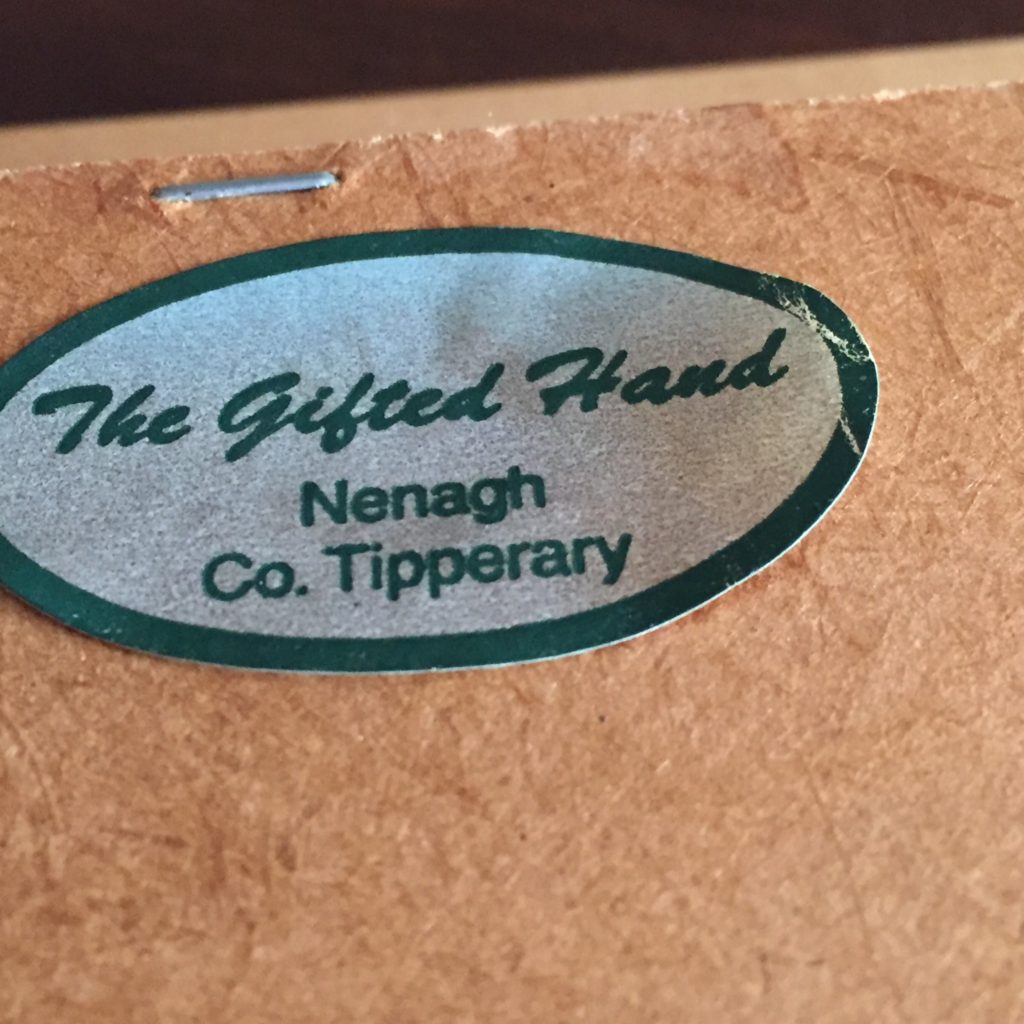
Next, I have a few framed fireplace tiles taken fro old cast ion fireplaces in Dubin. We crafted hand made frames to house the beautiful art nouveau designs. We have a single and set of three available. The tiles are Victorian from the late 1890s to about 1906- authentic antiques and a pretty and unique bit of Ireland for you =r home.


Lastly, I have two expressionist paintings framed on board by Wexford artist, John Gered Kehoe.
If you are interested in any of these items, please contact me at darleen@pigmentnpaper.com
I’ll show more of these Irish treasures and stories as we approach the holiday.
Are any of you Irish? Does anyone have an interest in finding Irish roots? Feel free to contact me for assistance
Take good care
See you soon
Dara

